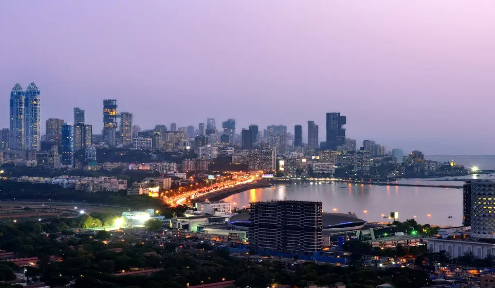Pochampally weave, also known as ikat weave, is a traditional weaving technique that originated in the village of Pochampally in Telangana, India. It is a type of resist-dyeing technique where the yarn is dyed before it is woven into fabric, resulting in intricate and unique patterns on the fabric. The technique is used to produce a variety of textiles, including sarees, dupattas, dress materials, and upholstery fabrics.
The Pochampally weave is known for its intricate designs, vibrant colors, and unique patterns. The weavers use a combination of geometric patterns, floral motifs, and animal designs to create stunning designs on the fabric. The patterns are created by dyeing the warp and weft yarns in a specific pattern before weaving them together. The dyeing is done using natural dyes derived from plants and minerals, which results in the vibrant colors of the fabric.
The Pochampally weave is a labor-intensive process that requires skill and precision. The process involves several stages, starting with the design and dyeing of the yarn. The yarn is tied in a specific pattern to create the desired design, and then it is dyed using natural dyes. The dyed yarn is then dried and carefully aligned on the loom before the weaving process begins.
The weaving process is done using a handloom, and it requires careful coordination between the weaver’s hands and feet. The weaver uses a shuttle to pass the weft yarn through the warp yarn to create the fabric. The process is slow and time-consuming, with a saree taking up to six days to complete.
Pochampally sarees are one of the most popular products of the Pochampally weave. They are known for their vibrant colors, intricate designs, and lightweight texture. The sarees are made from cotton, silk, or a combination of both, and they come in a variety of designs and patterns. The sarees are a popular choice for weddings, festivals, and other special occasions.
In recent years, the Pochampally weave has gained recognition worldwide for its unique designs and craftsmanship. The weavers have received several awards and recognition for their contribution to the Indian textile industry. The Indian government has also recognized the Pochampally weave as a Geographical Indication (GI), which provides legal protection to the weavers and ensures the authenticity of the product.
The Pochampally Handloom Park is a government initiative that promotes and supports the Pochampally weave. It is a one-stop-shop for all things Pochampally, where visitors can see the weaving process, purchase products, and learn about the history and culture of the region. The park also provides training and support to the weavers, ensuring the continuity of the craft.
In conclusion, the Pochampally weave is a unique and beautiful textile art form that has been practiced for generations in the village of Pochampally. The intricate designs, vibrant colors, and lightweight texture of the fabric make it a popular choice for sarees, dress materials, and upholstery fabrics. The weavers’ skill and precision in the dyeing and weaving process have earned the Pochampally weave a place in the Indian textile industry and recognition worldwide. A visit to the Pochampally Handloom Park is a must for anyone interested in the history and culture of this beautiful craft.









